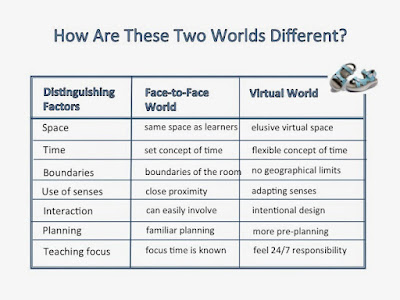Online teaching and learning should be an experience where presence is felt by both instructors and learners. How is presence created?
During the past weeks, you’ve been introduced to the 7 Steps to Creating Presence in Online Courses. Step 7 was Creating the Plan. The important thing to remember here is that you are creating a “learning experience.” So your designing isn’t just for “during the course” but includes before, during, at the end of the course, and even after. The Charts during the next weeks will show you how our instructor incorporated everything in these four phases.
Her Incorporation Chart for “before” the course begins is shown in the graphic. It illustrates how she planned the Course Sequence, Course Activities, Types of Experience and Modes of Presence. It’s helpful while you’re looking at this to refer back to the Framework (which includes the Model) in Step 6.
Reference
Lehman, R. M., & Conceição, S. C. (2010). Creating a Sense of Presence in Online Teaching: How to “Be There” for Distance Learners. Jossey-Bass.













